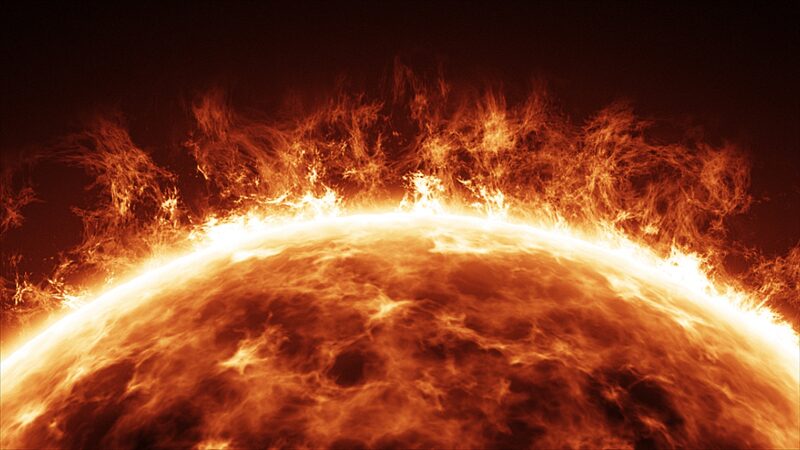🚀 Get ready, space enthusiasts! NASA's CURIE mission is about to launch into orbit, bringing us closer to understanding the sun's mysterious radio waves.
On Tuesday, CURIE—the CubeSat Radio Interferometry Experiment—will hitch a ride aboard the European Space Agency's Ariane 6 rocket from the Guiana Space Center in Kourou, French Guiana. Destination? 360 miles above Earth, where the magic happens. 🌌
CURIE is set to make history by becoming the first mission to measure radio waves in the 0.1-19 MHz frequency range from space. Why is this a big deal? Well, these radio waves are blocked by Earth's upper atmosphere, so they've been out of reach—until now! 🌐
Using a technique called low-frequency radio interferometry (yeah, it's a mouthful), CURIE will study the radio bursts from solar eruptions like flares and coronal mass ejections. Think of it as unlocking the sun's secret playlist! 🎵🌞
But here's the coolest part: CURIE consists of two tiny spacecraft, each no bigger than a shoebox! 📦 They'll orbit Earth about two miles apart, measuring tiny differences in the arrival time of radio waves to pinpoint exactly where they came from.
By tuning into these solar radio waves, CURIE aims to deepen our understanding of space weather—those solar events that can amp up auroras and disrupt geomagnetic fields on Earth. Pretty rad, right? 🌠
Designed by the brilliant minds at the University of California, Berkeley, CURIE is set to open a new window into the workings of our closest star. So keep your eyes on the skies and your antennas up! 📡✨
Reference(s):
cgtn.com




